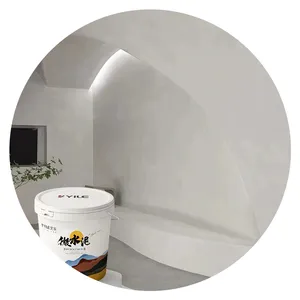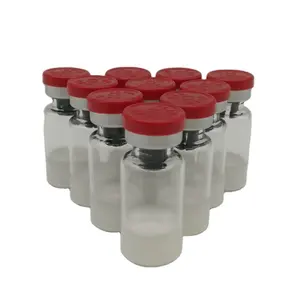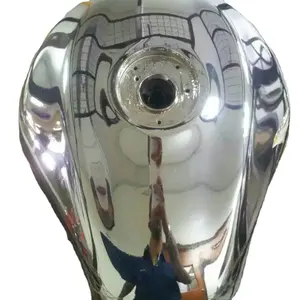Popular in your industry










































Top categories
About carpet paint
Introduction
In the quest for a fresh, new look for your home or vehicle, the cost of replacing carpets can be a significant hurdle. But what if there was a more affordable solution that could breathe new life into your old carpets? Enter carpet paint, a specially formulated aerosol paint that bonds with carpet fibers, restoring their appearance and even allowing for complete color changes. This article delves into the world of carpet paint, exploring its benefits, cost-effectiveness, selection process, application guide, maintenance tips, and common mistakes to avoid.
Understanding Carpet Paint
Carpet paint is a specially formulated aerosol paint that bonds molecularly with carpet fibers. It's an excellent solution for restoring and restyling automotive carpeting, making old and stained carpets look new. This product provides a superior finish compared to conventional carpet cleaning and is a cost-effective alternative to carpet replacement. It can also be used to completely change the color of your carpet for a custom look.
Benefits of Using Carpet Paint
Carpet paint, similar to carpet dye, offers several benefits. It's a cost-effective solution, costing significantly less than carpet replacement. It's an excellent choice for carpets in good condition but with faded or stained surfaces. Carpet paint can restore the beauty of your carpet, giving it a fresh, new color. It's also a faster process than carpet replacement, and it produces less odor. However, it's important to note that the longevity of the results depends on the quality of the paint and the application process.
Cost Comparison: Carpet Paint vs. New Carpet
Choosing to use carpet paint can be a cost-effective alternative to installing new carpet. On average, it costs about $180 to remove old carpet, and the cost of new flooring installation can add up. In contrast, carpet painting is significantly more affordable, costing only about a third of a new carpet installation. Therefore, if you're looking to refresh your carpet's appearance without breaking the bank, carpet paint could be an excellent solution.
How to Choose the Right Carpet Paint
Choosing the right carpet paint involves considering your lifestyle and the room's aesthetics. It's a personal preference if you want lighter walls versus carpets, although the lighter you go on walls and flooring, the bigger the room feels. Darker colors make a room feel cozier. Many experts agree it's better to have some contrast—at least two tones deeper or lighter—between the wall and flooring to give the room more dimensionality. A brown-hued floor will likely look the cleanest. Gray also hides dirt and dust. For durability and ease of cleaning, choose nylon.
Step-by-Step Guide to Painting Your Carpet
Painting your carpet can be a quick and cost-effective way to give it a new look. Start by preparing your rug, ensuring it's clean and dry. If your rug has a pattern, you can follow it or paint it a solid color. Be aware that color variations in the original rug may show through lighter paint. Apply the paint, likely needing a few coats. The thin paint dries quickly, so you don't have to wait long between coats. In less than an hour, you can transform an old rug into a vibrant piece that looks brand new.
Maintenance and Care for Painted Carpets
Maintaining a painted carpet involves careful handling of spills, especially paint. For wet paint, scoop it out and blot the area with a wet paper towel. Avoid rubbing the paint deeper into the carpet. For dried paint, the process varies depending on the type of paint. Water-based paint can be removed by blotting with a mild soap solution, while oil-based paint may require a carpet cleaning solution. After cleaning, vacuum the carpet to remove any residual smell. Remember, patience and careful blotting are key to maintaining the look of your painted carpet.
Common Mistakes to Avoid When Painting Carpets
When painting carpets, it's crucial to avoid common mistakes to achieve a professional finish. Some of these include uneven coverage, which can be fixed by applying a second coat of paint, and paint bubbles, which can be banished by popping and repainting. Be careful to avoid paint splatters and drips, which can be removed by scraping or sanding. Also, ensure to properly seal the carpet to prevent paint bleed. Lastly, remember to clean up after your project to maintain the fresh look of your painted carpet.
Conclusion
Carpet paint emerges as a cost-effective, quick, and versatile solution for those seeking to refresh their carpets without the hefty price tag of replacement. It offers the opportunity to restore or even completely change the color of your carpet, giving it a brand new look. However, the success of this process hinges on the quality of the paint, the application process, and subsequent maintenance. By avoiding common mistakes and following the step-by-step guide, you can achieve a professional finish and extend the life of your carpet. Whether you're on a budget or simply looking for a change, carpet paint could be the innovative solution you've been searching for.
























